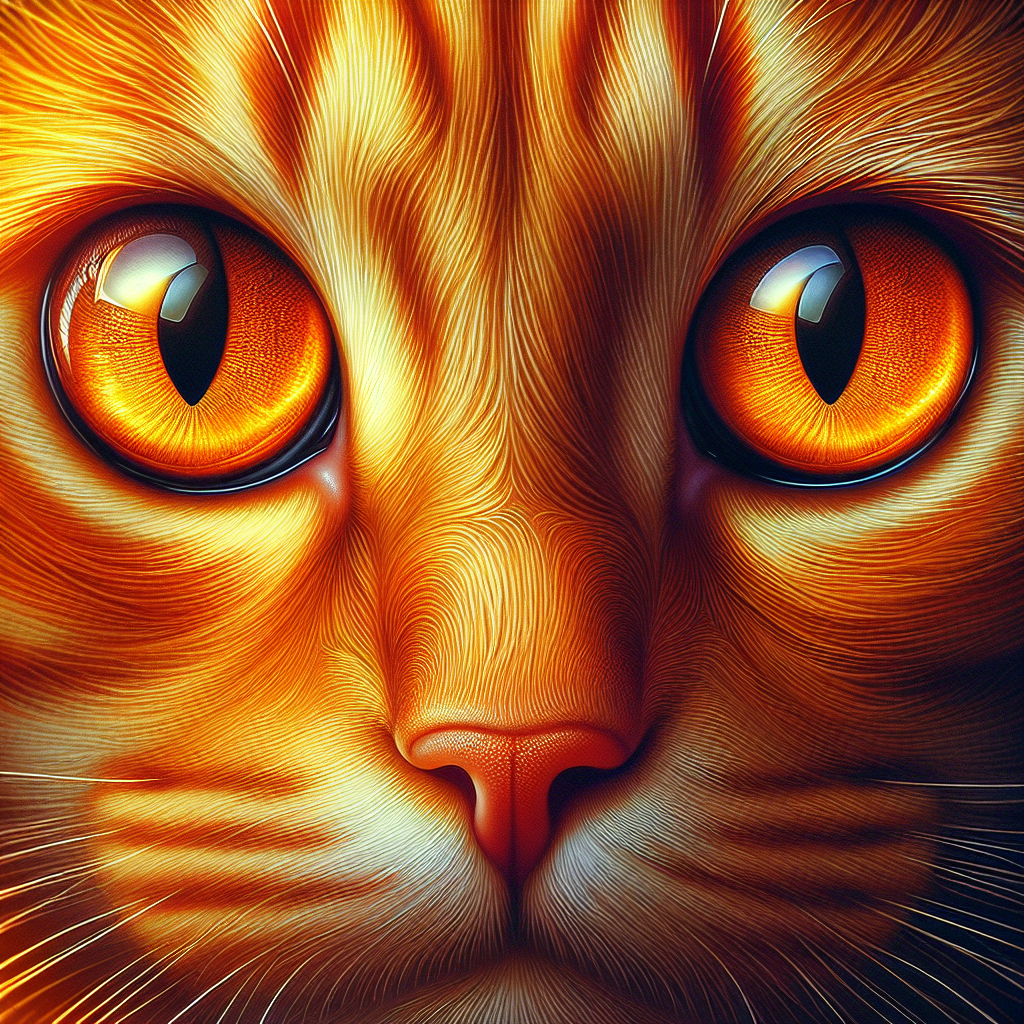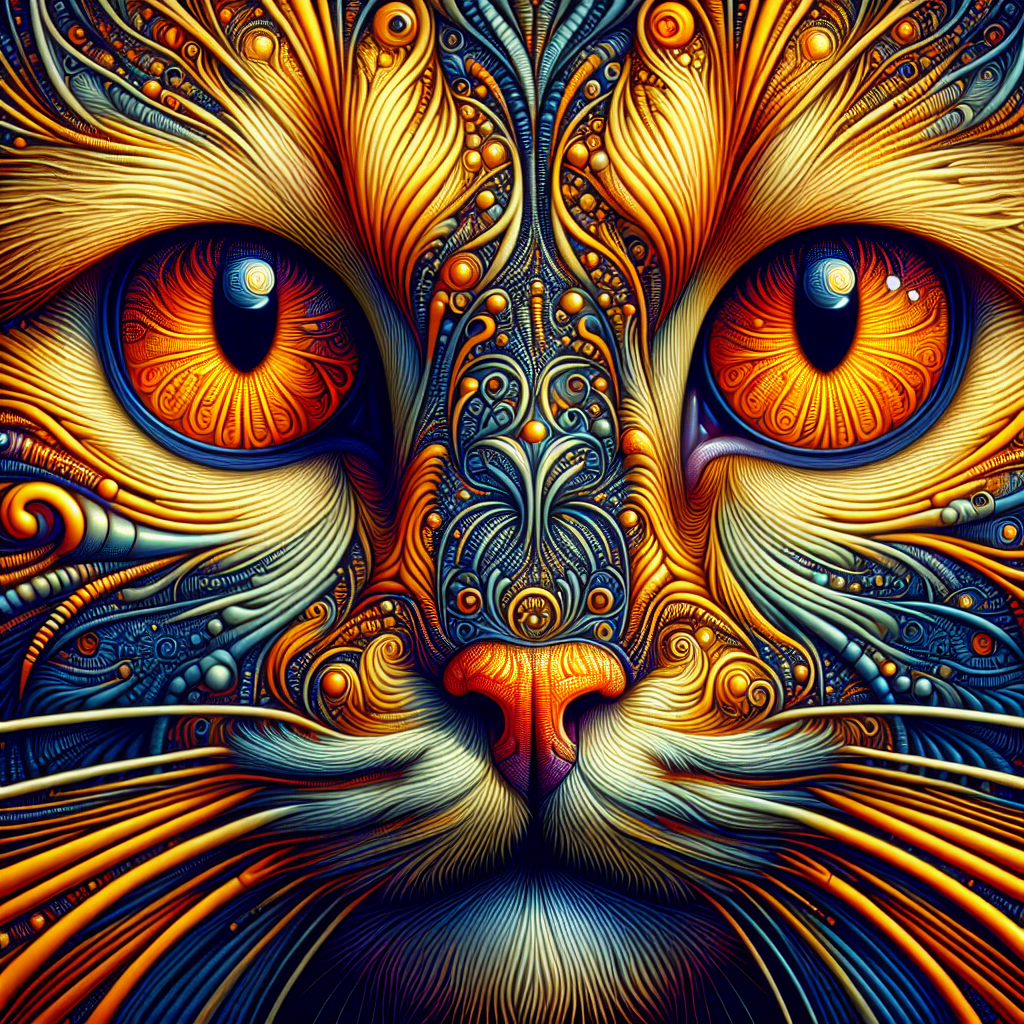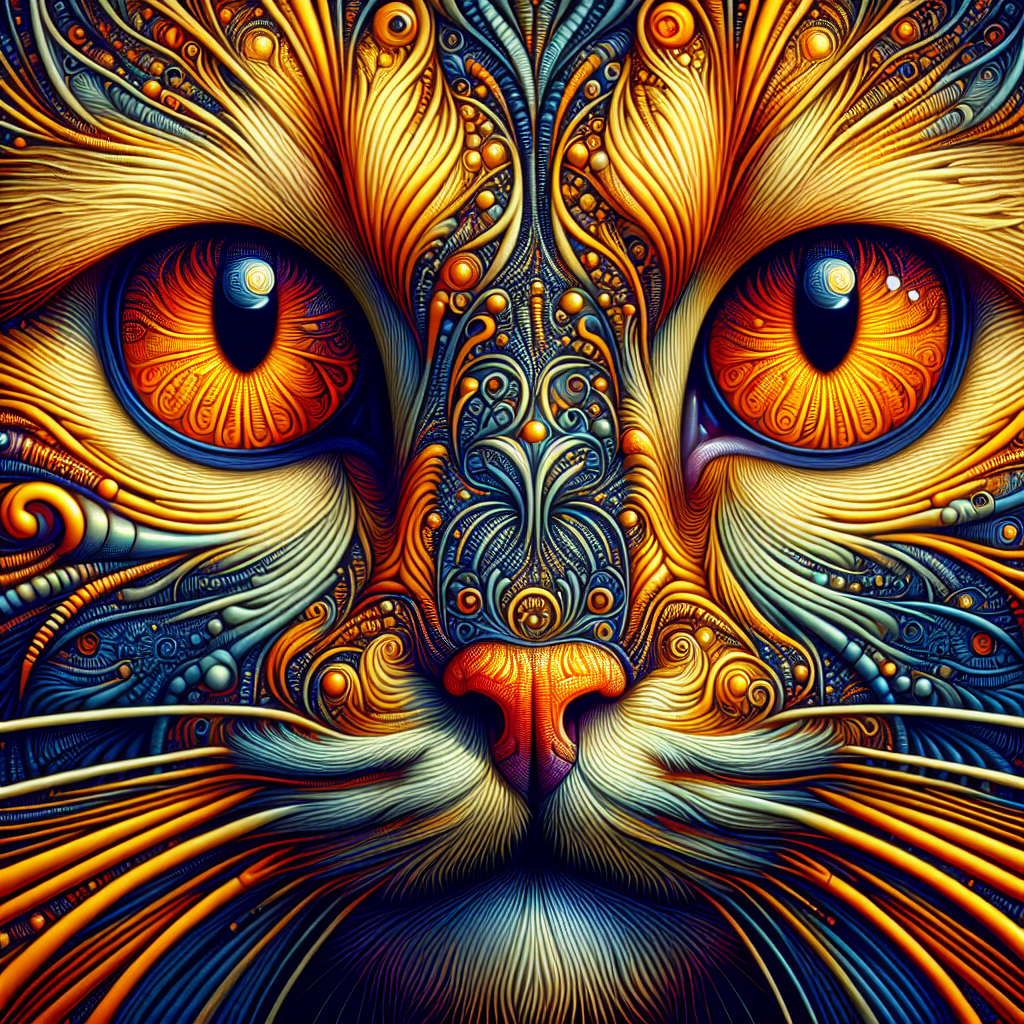Have you ever wondered about the origins and history of those adorable orange tabby cats? Well, it turns out that these vibrant felines have a fascinating background! From ancient Egypt, where they were considered sacred, to their significant presence in American folklore, orange tabbies have left their paw prints throughout history. In this article, we will take a closer look at the intriguing origins and rich history of these beloved cats, shedding light on their distinct characteristics and the cultural significance they hold. Prepare to be whisked away into a world brimming with feline tales and captivating anecdotes!

Origins of Orange Tabby Cats
The Genetic Basis of Orange Tabby Coat
Orange tabby cats, with their striking coats of red or orange fur adorned with unique markings, have captivated the hearts of cat enthusiasts for centuries. The origins of this distinct coat color can be traced back to their genetic makeup. The vibrant hue of orange tabby cats is a result of a specific gene called the “O” gene. This gene is responsible for the production of a pigment called pheomelanin, which is responsible for the orange coloration of their fur. The presence of the “O” gene is what sets these felines apart from other coat colors, making them truly one of a kind.
Domestication and Spread of Orange Tabby Cats
The domestication of cats began thousands of years ago, and orange tabby cats played a significant role in this process. While it is difficult to pinpoint the exact origins of orange tabby cats, it is believed that they originated from wildcats in the Middle East. These cats were cherished for their hunting abilities and their companionship, which led to their spread across different civilizations and continents.
History of Orange Tabby Cats
Early Domestication of Orange Tabby Cats
The early history of orange tabby cats revolves around their initial domestication. Ancient Egyptians are known to have revered cats, including orange tabbies, and they played a prominent role in their society. Depictions of orange tabby cats can be found on ancient Egyptian artifacts, highlighting their importance and the value placed on their unique coat color.
Orange Tabby Cats in Ancient Civilizations
Orange tabby cats also made their mark in other ancient civilizations. In Norse mythology, the goddess Freyja, associated with love and fertility, was said to have a chariot pulled by two large orange tabby cats. This belief reflected the cultural significance and admiration for these cats during that time.
Orange Tabby Cats in Medieval Times
During the medieval era, orange tabby cats were often associated with magical and supernatural qualities. Some believed that these cats possessed the ability to ward off evil spirits, while others saw them as companions of witches. These superstitions led to mixed perceptions of orange tabby cats, depending on the specific beliefs and customs of each region.
Orange Tabby Cats in Renaissance and Enlightenment
In the Renaissance and Enlightenment periods, orange tabby cats gained popularity as household pets. Their vibrant coats and friendly personalities made them highly sought-after companions. Artists of the time immortalized these cats in their paintings, further cementing their place in society as symbols of beauty and grace.
Orange Tabby Cats in Modern Times
In modern times, orange tabby cats continue to be cherished for their unique appearance and loving nature. They can be found in households all over the world, and their popularity has even led to the establishment of specific cat breeds that feature orange tabby coats. From the playful and mischievous ginger cats of England to the robust American shorthairs with orange tabby markings, these felines have established themselves as beloved members of families worldwide.
Symbolism and Cultural Significance
Orange Tabby Cats in Mythology and Folklore
Throughout mythology and folklore, orange tabby cats have been imbued with symbolism and significance. In Japanese folklore, the “maneki-neko” or “beckoning cat,” which is often depicted as an orange tabby with a raised paw, is believed to bring good luck and prosperity to its owner. Similarly, in Celtic mythology, orange tabby cats were thought to possess magical abilities and were revered as protectors against evil spirits and misfortune.
Orange Tabby Cats in Art and Literature
Orange tabby cats have also left their mark in the realms of art and literature. From classic works to modern-day novels and poems, these cats have been featured as beloved companions and symbols of warmth and comfort. Whether immortalized in the works of famous authors or depicted in stunning portraits, orange tabby cats continue to inspire and captivate artists and audiences alike.
Breed Variations and Traits
Different Breeds of Orange Tabby Cats
Orange tabby cats can be found in various breeds, each with its own unique characteristics. Some of the well-known breeds that can have orange tabby coats include the American Shorthair, British Shorthair, Maine Coon, and Abyssinian. While the presence of the “O” gene is a common factor, these breeds may exhibit variations in physical attributes and personality traits.
Unique Physical and Personality Traits
Orange tabby cats share some common physical and personality traits regardless of breed. Their distinct coat color is often accompanied by beautiful tabby markings, which can take the form of stripes, spots, or swirls. Personality-wise, orange tabby cats are generally described as friendly, affectionate, and outgoing. They have a reputation for being excellent companions and are often known for their playful and social nature.

Famous Orange Tabby Cats
Celebrity Cats
Several famous orange tabby cats have captured the public’s attention throughout history. One of the most iconic examples is “Garfield,” the lovable and lasagna-obsessed cat from the comic strip and animated series. Garfield’s unique personality and mischievous antics have made him a beloved character in popular culture. Other notable celebrity cats include “Morris,” the 9Lives cat food mascot, and “Bob,” the real-life cat who inspired the heartwarming book and movie “A Street Cat Named Bob.”
Fictional Cats
Orange tabby cats have also made their mark in the fictional world. From “Puss in Boots” in the fairytale of the same name to “Crookshanks” in the Harry Potter series, these fictional characters have captured the imagination of readers and viewers alike. Their portrayal as loyal and adventurous companions has further solidified the place of orange tabby cats in popular culture.
Conservation Efforts and Threats
Conservation of Wild Orange Tabby Cats
While orange tabby cats are primarily associated with domestication and human companionship, it is essential to consider the conservation of their wild counterparts. Wildcat species such as the European wildcat and the fishing cat can exhibit orange tabby coat colors. Conservation efforts aimed at protecting these endangered species are crucial to ensure the preservation of their natural habitats and populations.
Environmental Threats to Orange Tabby Cats
Orange tabby cats, like all feline species, face various environmental threats. Loss of habitat due to urbanization and deforestation, as well as encounters with predators and exposure to diseases, can pose significant risks to their populations. Additionally, responsible pet ownership and spaying/neutering programs are essential to prevent overpopulation and the subsequent strain on resources.
Common Misconceptions
All Orange Cats Are Tabby
One common misconception about orange tabby cats is that all orange cats are tabby cats. While it is true that many orange cats exhibit tabby markings, there can be exceptions. Some orange cats may have solid-colored coats without any tabby patterns, which showcases the rich diversity within the color genetics of cats.
All Tabby Cats are Orange
Similarly, another misconception is that all tabby cats are orange. Tabby refers to the distinct coat pattern characterized by stripes, spots, or swirls, but it can be found in various colors such as gray, brown, black, and even white. Orange tabby cats may be the most well-known, but tabby patterns can be seen in cats of different coat colors.
Health Concerns and Care
Genetic Health Issues
Like any other cat, orange tabbies can be prone to specific genetic health issues. While not exclusive to this coat color, some common health concerns include hypertrophic cardiomyopathy (a heart condition), polycystic kidney disease, and obesity. Regular veterinary check-ups, a balanced diet, and providing a stimulating environment can help maintain the overall health and well-being of these cats.
Nutritional Requirements
Meeting the nutritional requirements of orange tabby cats is essential in ensuring their overall health. A diet that is balanced and nutritious, containing quality protein, fats, and carbohydrates, supports their unique needs. Additionally, providing fresh water, avoiding overfeeding, and incorporating variety into their diet contribute to their well-being.
Grooming and Exercise
Grooming and exercise are essential components of orange tabby cat care. Regular brushing helps to maintain their beautiful coats and reduce the likelihood of hairballs. Additionally, orange tabby cats thrive when given the opportunity for play and exercise. Providing stimulating toys, scratching posts, and opportunities for interactive play helps keep them mentally and physically engaged.
Popular Names and Nicknames
Traditional Names
When it comes to naming an orange tabby cat, traditional names such as Ginger, Marmalade, Rusty, and Pumpkin often come to mind. These names reflect the warm and vibrant hues of their coats, and many cat lovers find them fitting for their furry companions.
Creative and Fun Nicknames
In addition to traditional names, many cat owners love to come up with creative and fun nicknames for their orange tabbies. From “OJ” for orange juice to “Flame,” “Copper,” or “Amber,” the possibilities are endless. These nicknames add a personal touch and can further enhance the bond between cat and owner.
Orange Tabby Cats in Pop Culture
Movies and TV Shows
Orange tabby cats have made appearances in various movies and TV shows, often stealing the spotlight with their charismatic presence. From “Mr. Jinx” in the movie “Meet the Parents” to “Cheshire Cat” in Disney’s “Alice in Wonderland,” these feline characters have become beloved icons in pop culture, leaving a lasting impression on audiences of all ages.
Internet Sensations
The rise of the internet has brought forth a new wave of orange tabby cat superstars. Cute and funny videos featuring these charismatic cats have gone viral, captivating viewers and amassing millions of followers on social media platforms. From keyboard-playing cats to cuddly and mischievous companions, these internet sensations have further solidified the popularity of orange tabby cats in the digital age.
In conclusion, the origins, history, symbolism, and cultural significance of orange tabby cats are interwoven with centuries of human fascination and admiration. From their genetic basis to their presence in ancient civilizations, orange tabby cats have left an indelible mark on art, literature, and popular culture. While they come in different breeds and exhibit unique traits, their friendly nature and distinctive coats continue to enchant cat lovers around the world. It is our responsibility to ensure their conservation, care for their health, and celebrate the joy and companionship they bring into our lives.

